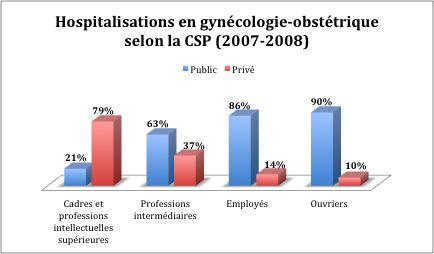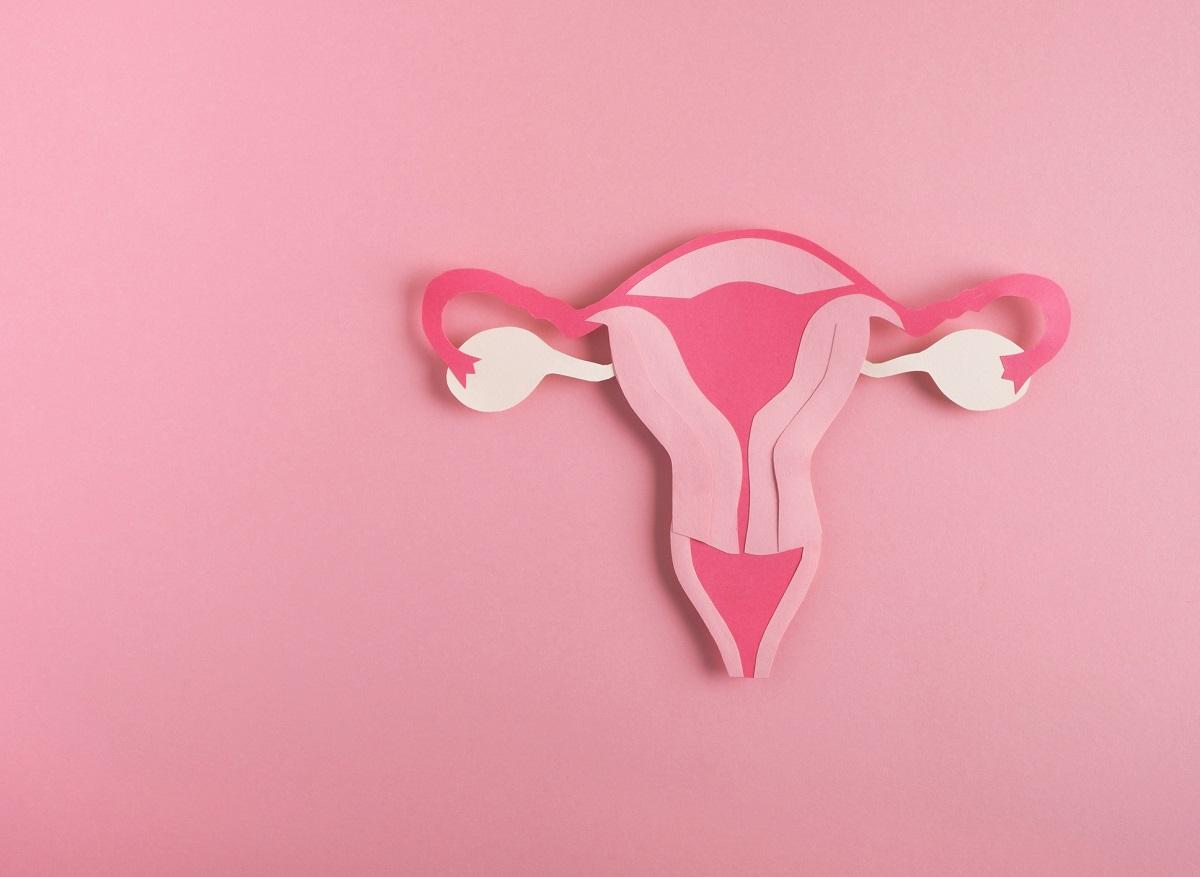Access to the private sector is uneven. Well-off households refer to it more. It is in the departments of gynecology and obstetrics that the differences are most marked.

Rather be operated on in the hospital or clinic? The answer to this question strongly depends on the profession exercised. It may seem obvious, but a study by the Research, Studies, Evaluation and Statistics Directorate (DREES) objective the phenomenon. It highlights particularly marked disparities in a specialty: gynecology and obstetrics. Eight times fewer workers give birth in the private sector.
Comfort versus finances
The authors of the study assert it straight away: “Private and public hospitals do not receive the same type of patients”. In fact, the higher socio-professional categories are much more likely to go only in the private sector when they must be hospitalized: two thirds of executives have this systematic reflex against one in three workers. A logical difference when we know that the hospital does not exceed fees. The gain in comfort weighs very little in the balance in the face of the tight budgets of certain households.
Patient differences are relatively moderate in surgery and medicine, even if the wealthy categories are more represented. But it is in gynecology and obstetrics that the gap is widening: 80% of women executives and in a higher intellectual profession monitor their pregnancy in the private sector. The workers go to the public hospital in 9 out of 10 cases.

Retirees prefer the private sector
The difference is justified by the numerous comparisons between the two types of establishment. Single rooms are more often obtained in the private sector, where the follow-up is more personalized. But the hospital has the advantage of being fully covered by health insurance. It is possible to carry out the entire pregnancy follow-up there.
The work highlights another interesting phenomenon: the differences between classes tend to disappear after retirement, even if the wealthy continue to favor the private sector. More modest retirees rely more on the comfort of clinics. So do those who are making a better living, and are turning a little more to these for-profit establishments. But they alternate more between the two sectors. No doubt the substantial drop in wages comes into play.
Retirees are precisely those who are hospitalized the most: 24% of them go to hospitals at least once, against 14% of the general population.
.
















